STEPS
TOOLS

Picture matching: I love these dominoes from Eeboo for playing with young learners, practicing matching, and allowing for opportunities for play while working on essential skills.
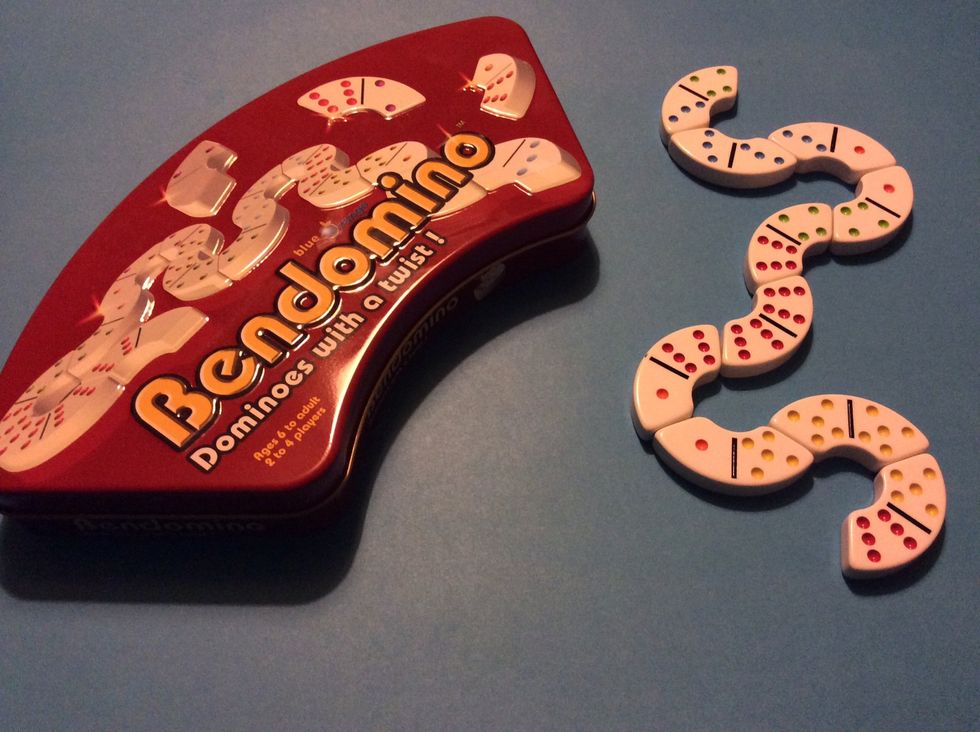
Number Matching: Bendomino by Blue Orange is great for introducing the concept of dominoes to early elementary learners. It encourages number matching and the materials are highly motivating.

Even and Odd Sort - This simple activity is a fun way for you to quickly assess mastery of identifying even and odd numbers. It's also great for a center activity.
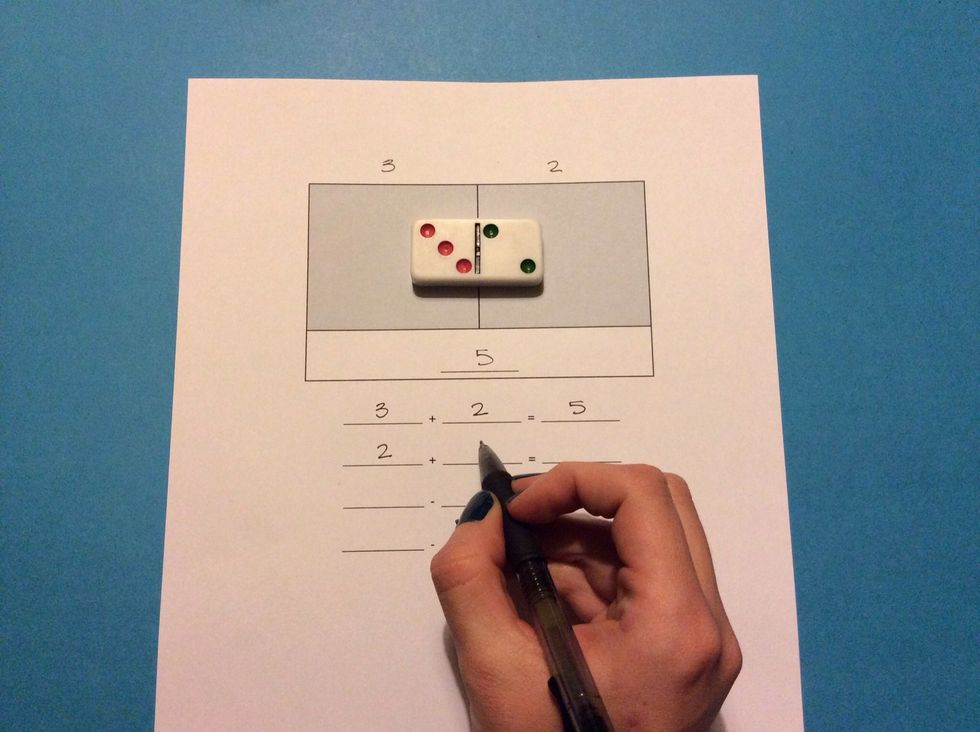
Fact Families: Use dominoes to practice fact families with addition/subtraction or multiplication/division. You can also differentiate by selecting dominoes that match your students' skill level.
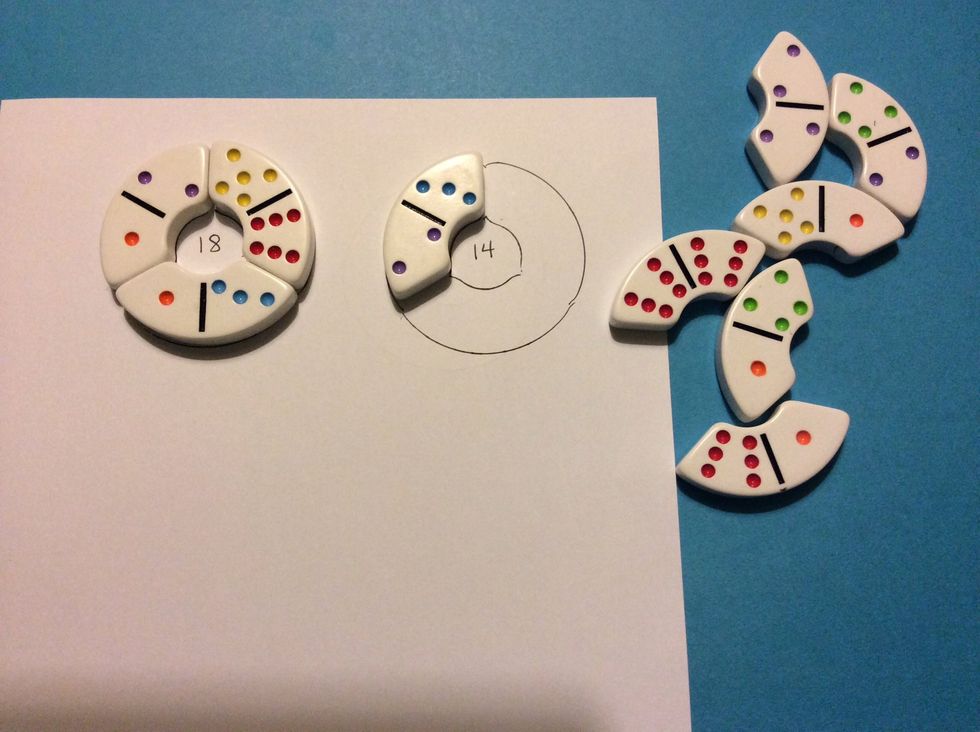
Reasoning/Pre-Algebra Skills: Bendominoes are great for creating activities such as the one pictured above, in which students must place dominoes that add up to the sum in the center.

Comparing numbers: Pair up students. Each student receives 10-30 dominoes face down. Then the players each turn over one domino. The person whose domino has the most dots gets to keep both dominoes.
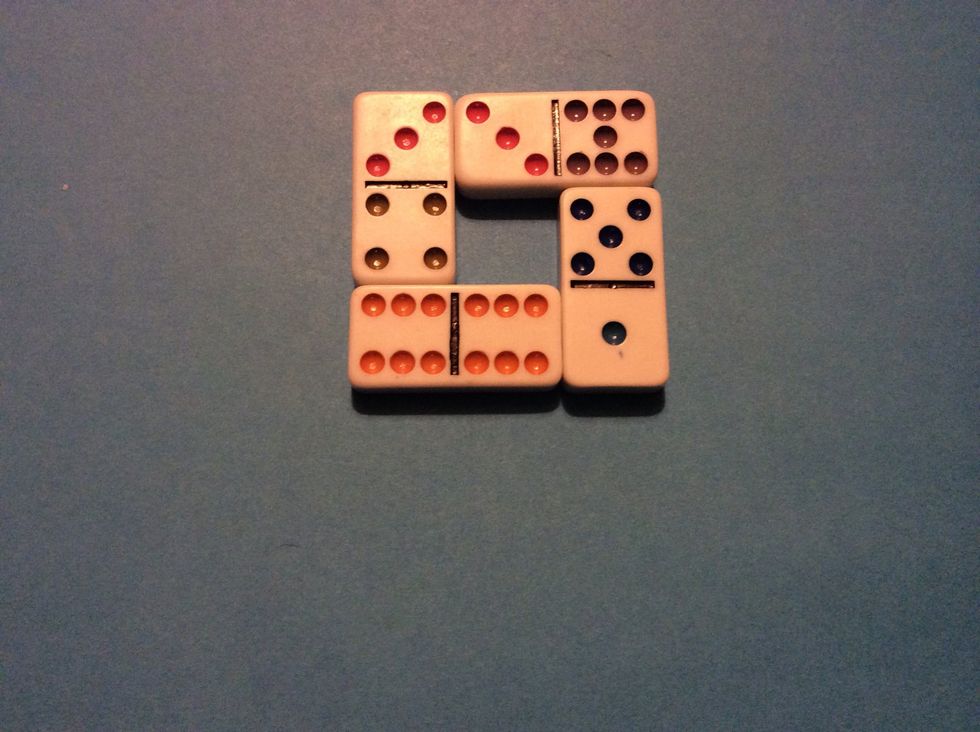
Windows: Challenge students to arrange dominoes in a square with a blank space in the middle so that each side adds up to the same sum. In the "window" pictured above, each side adds up to thirteen.
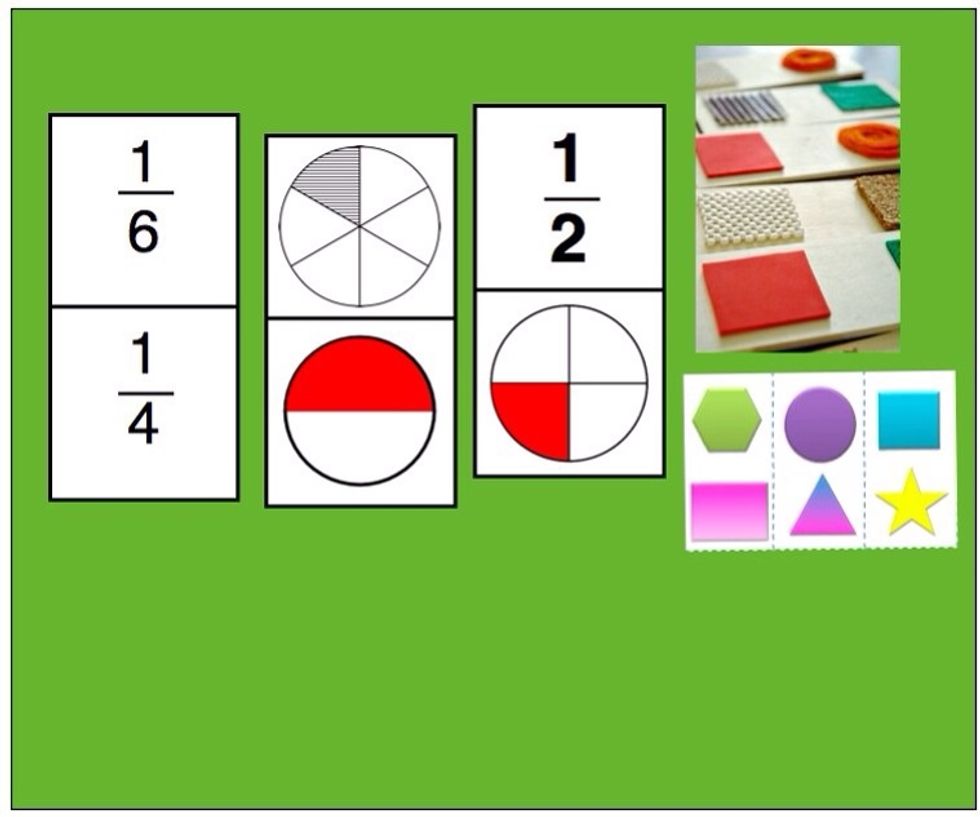
Create your own dominoes to practice matching skills of all levels: shapes, colors, textures, equivalent fractions, etc.
For students who struggle with math, using dominoes to make it a game can be a valuable tool. For student who love dominoes, you can play such games as a reward that is also educational.
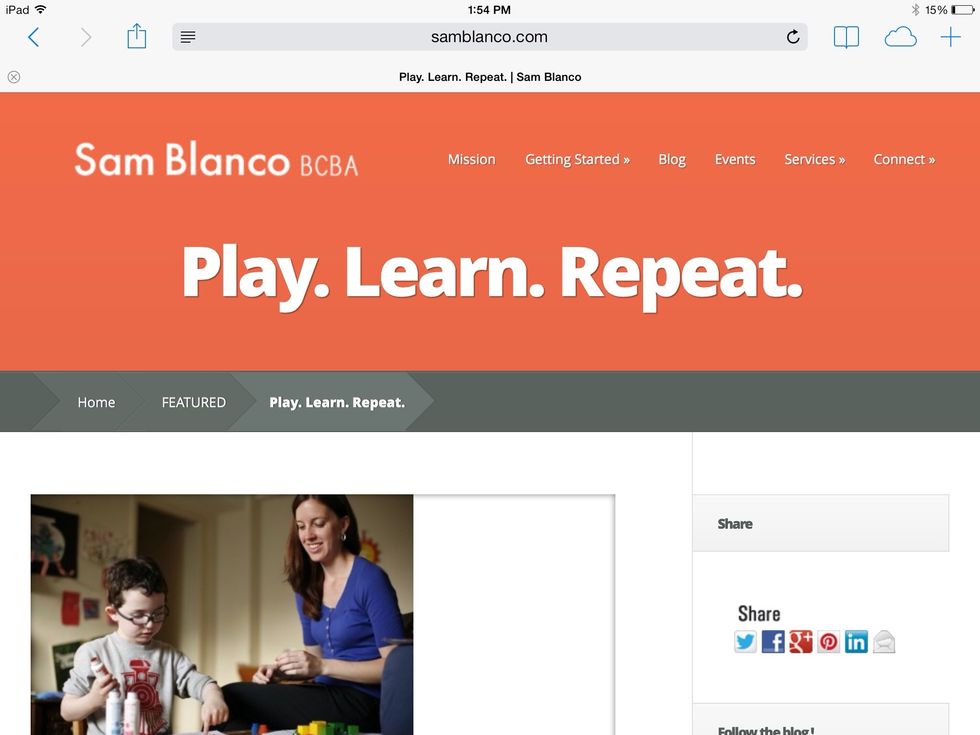
For more information on using games and modifying games for learners with autism and other developmental delays, visit www.samblanco.com. And please share the ways you use dominoes with your learners!
- Dominoes
Sam Blanco
Special education teacher, Board Certified Behavior Analyst. Dedicated to showing the value of games, play, and technology in special education.
Brooklyn, NY
The Conversation (0)
Sign Up